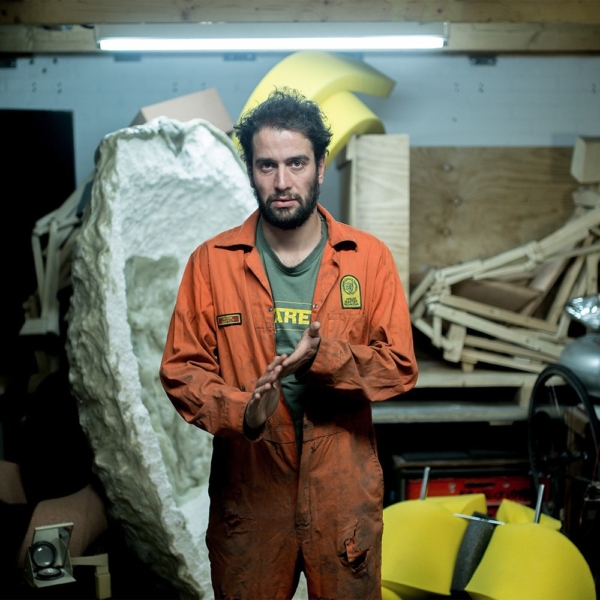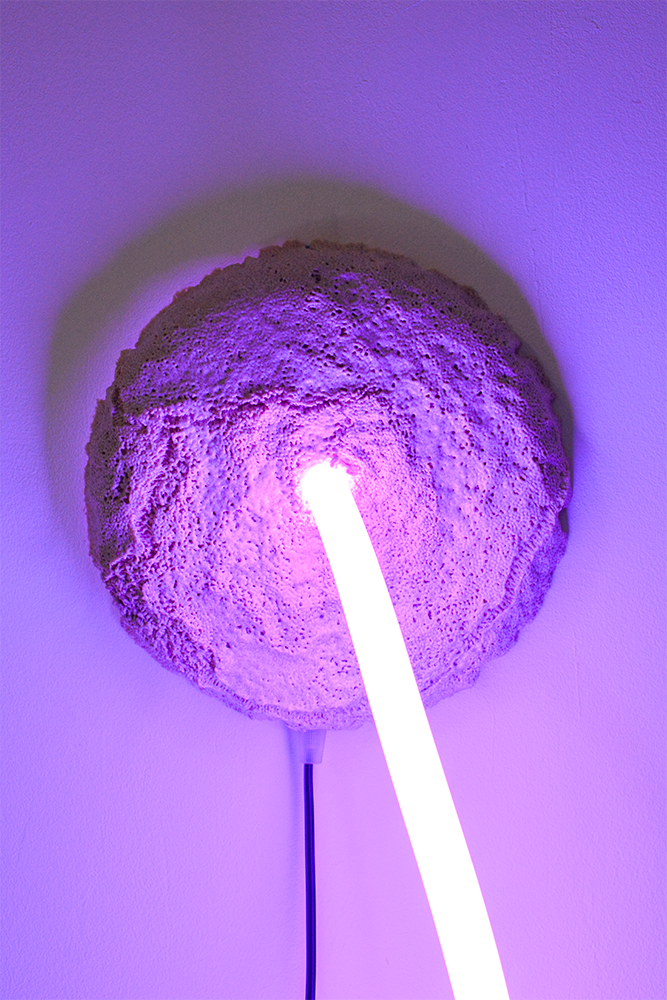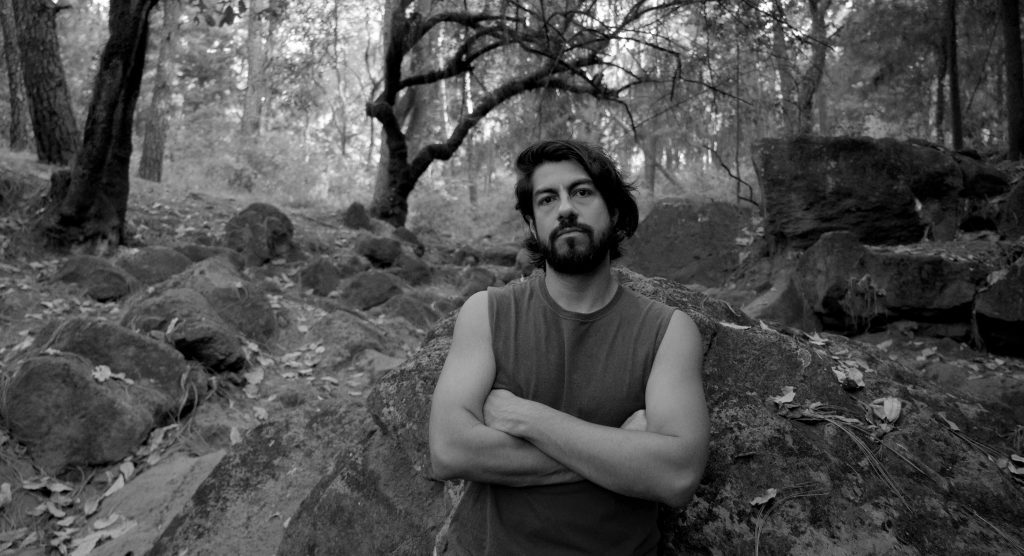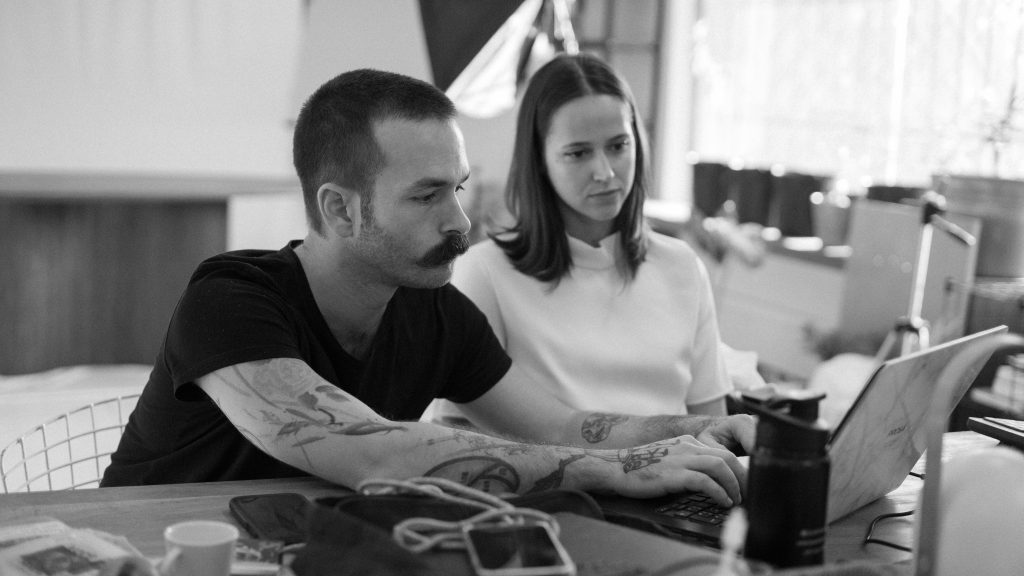

10 TALENTS: Designers Leading the Way in Sustainable Design & Upcycling
Over the last decade or so, upcycling has evolved in the sphere of modern design as a powerful and essential shift toward sustainability and environmental care, rather than just a trend. Upcycling in design is about repurposing discarded materials or products into items of higher utility and aesthetic value, rather than disposing of them. The technique breathes new life into old materials, reducing rampant consumerism and object obsession by maximizing their use instead of buying new items.
Upcycling shouldn’t be viewed as a tedious approach to sustainability; it’s an opportunity to ignite creativity and foster a deeper connection with possessions. By engaging with items creatively, consumers are more likely to develop a stronger relationship with their belongings, often leading to more sustainable practices with material possessions.
This editorial explores the importance of upcycling in the design world, highlighting the innovative approaches of four notable designers leading this movement. Through their work, these designers challenge traditional views on material usage and product lifecycle, while also sparking discussions on sustainability and human consumption’s impact on the planet.






What is upcycling?
Upcycling, previously associated with mundane repairs, has blossomed into a creative ethos embraced by designers worldwide. Indeed, it is more movement than method, inspiring sustainable innovation across various creative fields. In the realm of furniture design, upcycling entails the imaginative reuse of discarded materials to fashion new and distinctive pieces. By salvaging materials like reclaimed wood or industrial remnants, designers breathe fresh life into overlooked items, infusing them with renewed value and functionality. This approach not only champions sustainability but also sparks innovation, challenging conventional design paradigms with each upcycled creation. As technology continues to advance, the potential for upcycling is limitless, paving the way for exciting possibilities in the future of furniture design.
Pioneers of Upcycling in Design
Lucas Muñoz – Master of Upcycling Construction Materials


Lucas Muñoz’s journey through the design landscape is a testament to the transformative power of upcycling. With a career that spans across continents, Muñoz has adeptly navigated the intersection of art and design, infusing his creations with a sense of purpose and reinvention. His work is characterized by the ingenious repurposing of construction materials and tools into objects that defy conventional categorizations. Whether it is furniture, skateboards, or sound systems, Muñoz’s creations are a celebration of materiality and craftsmanship.










His approach is deeply rooted in the exploration of functionality and materiality, with each piece reflecting a critical and creative interrogation of daily life artifacts. Muñoz’s commitment to sustainability is evident not only in his choice of materials but in his design philosophy that seeks to blur the lines between object and meaning, art and utility. His accolades, including the Dezeen, FRAME, and ICON Awards, underscore his impact on the design world, particularly in championing sustainability and material circularity.
Riccardo Cenedella – Transforming Waste into Functional Art
Riccardo Cenedella’s work embodies a profound engagement with materials, particularly those relegated to the waste stream. Inspired by the concept of the “bricoleur,” Cenedella’s designs are a testament to the potential of low-tech, innovative approaches to transform societal waste into functional art. His journey, which gained momentum during his studies at Central Saint Martins, reflects a dedication to challenging the norms of material use and product lifecycle.










Cenedella’s designs are not just products, but narratives of possibility, showcasing how discarded materials such as murano glass, can be given a new lease on life through creativity and ingenuity. His commitment to sustainability is paralleled by his role as an educator, where he influences future designers to think critically about materiality and environmental impact.
Ehécatl – Revitalizing Old Window Glass
Ehécatl’s innovative approach to upcycling, particularly with old window glass, embodies a poetic exploration of material transformation. Each piece carries with it a narrative of past lives, offering a glimpse into the potential for rebirth and renewal.










The Madreperla lamp stands as a testament to Ehécatl’s skill in infusing discarded materials with new purpose and beauty, while also embracing biophilic design principles that connect people with nature. This thoughtful approach not only addresses pressing issues of waste and consumption but also fosters a profound respect for the materials themselves, resulting in creations that are both visually stunning and environmentally conscious.
Samuel Aguirre – Advocating for Circular Design
Samuel Aguirre stands at the forefront of a new generation of designers who are deeply committed to environmental consciousness and the principles of circular design. Through thorough research into the origins, composition, and life cycle of materials, Aguirre’s work embodies a profound dedication to sustainability. This commitment is vividly demonstrated in his creation, the 03v07 chair, where every element reflects a thoughtful consideration of environmental impact.










By challenging prevailing norms of production and consumption, Aguirre’s designs offer compelling insights into how design can play a pivotal role in fostering environmental sustainability. Furthermore, his innovative approach to material use not only addresses pressing environmental concerns but also paves the way for new possibilities in sustainable design practices, exemplifying the transformative potential of design to shape a more sustainable future.
Conclusion
The movement towards upcycling in design presents a powerful response to environmental challenges as well as a crucial reimagining of the relationship between humans and the material world. Designers like Lucas Muñoz, Riccardo Cenedella, Ehécatl, and Samuel Aguirre are at the forefront of this shift, demonstrating through their work that sustainability and creativity are not mutually exclusive but are, in fact, deeply interconnected.
As we look towards the future, the importance of upcycling in design cannot be overstated. It represents a critical pathway towards a more sustainable, thoughtful, and innovative design practice. Through the lens of upcycling, designers are not only creating beautiful, functional objects but are also engaging in a larger conversation about consumption, waste, and the potential for materials to carry new meanings and possibilities.
This exploration of upcycling in design is a call to action for designers, consumers, and policymakers alike to embrace the principles of sustainability and innovation. It is a reminder that in every discarded material lies the potential for rebirth, and in every act of upcycling, a step towards a more sustainable future.








